Felt Bicycles (United States) - Gravel riding is here, and it’s fantastic. You’ve probably heard about this cool new craze that’s sweeping the cycling world, and we’re here to tell you that, yes, it’s fun, exciting, and definitely worth your time to check out. Sure, riding drop-bar bikes on non-paved surfaces is nothing new. Heck, the early years of the Tour de France saw racers compete primarily on unpaved roads. So why is gravel riding booming now? Well, there are a lot of reasons: Many road cyclists are eager for a new experience; plenty of mountain bikers enjoy riding drop-bar bikes, too; and bike companies are now making some great purpose-built bikes specifically to maximize the thrill and joy of riding a drop-bar bike on off-road surfaces. So if you’ve recently caught the gravel riding bug, or you’re just looking to see what all the fuss is about, then check out the following tips for taking on your first-ever gravel bike race.
Choose your event:
This may seem obvious, but choosing your event and signing up is the first thing you should do. But don't just pick any old event. There are a ton of fantastic gravel events all around the world, more than ever before. So take some time and do some research to figure out what would be the best one for your skill level, your expected fitness come race day, and your equipment. We recommend choosing an event that isn’t too high on the distance or difficulty scales, especially if this is indeed your first-ever gravel event. Look for something with a distance that’s roughly the same or a little more than what you accomplish on your week’s longest road ride. Riding on gravel or dirt is inherently slower than riding on smooth pavement, so equal distances on the two surfaces will almost always result in different average speeds and completion times. Whatever event you choose, mark it on your calendar and get ready to train—and there’s nothing better than a big event on your calendar to motivate you to ride more, get in shape, and get ready to experience an incredible day on the bike.
Develop your training plan:
Generally speaking, the farther out your event is, the more time you’ll be able to train and prepare your body properly. If you’re looking to enter your first gravel bike race or event, a good rule of thumb is to give yourself at least 2-3 months of training time. If you’ve been working with a coach to help create and manage a training plan for road racing, then you’ve already got a head start on this step. Start there. Inform your coach of your goal to try out a gravel event, and see what he or she has to say. An experienced and reputable coach should be able to modify your training plan accordingly. If you don’t have a coach, then don’t sweat it—most of us don’t. Take a look at the details of your chosen gravel bike race. Pay close attention to things like its distance, elevation gain, and terrain type. As we mentioned previously, you should be starting with something relatively modest in terms of distance or difficulty, to give you a better chance of completing the event and having a great time. If your event includes a lot of climbing—either long, sustained efforts or sequences of short, punchy climbs—then incorporate that into your training so your body becomes familiar with those types of efforts in a gravel setting. Likewise, if your gravel event is on the longer side and you expect that you’ll be spending a good duration of time in the saddle, make sure you’re incorporating some longer rides into each week of your riding.
Work on your handling skills:
Chances are, you’ve probably trained for road races, century rides, or gran fondos in the past, so you should have a general idea about what you’ll need to do in order to kickstart a training regimen. Even if not, don’t sweat it—there are some great resources online, or through your local bike shop or cycling club. But one thing that is incredibly important that we’ll note here is that you should be practicing your bike handling skills in preparation for your first gravel bike race. If you’ve been riding your gravel bike on your local trails or fire roads, or if you’re an experienced mountain biker, then you’re already on your way to being fully comfortable with the nuances of off-road riding. But for those of us who haven’t ridden off the road very often, then it’s important to spend plenty of time training on loose surfaces, dirt, and gravel paths—ideally in similar conditions to what you’ll face at your upcoming race or event. If your event is expected to take place on smooth rolling gravel roads, then try and seek out some similar topography in order to get a feel for how your bike responds to this type of surface. If your event will feature some technical descents or single-track trails, then practice these beforehand, too. The more you ride off-road during your training, then the more comfortable you’ll be on race day. Always remember, gravel racing differs from road racing mainly when it comes to riding surface.
Prep your bike & gear:
Hopefully you’ve already picked out a gravel bike for your upcoming event and you’ve been riding it obsessively. If not, no worries—there’s always time to get yourself a new bike. Just like when it comes to researching your event, spend some time finding your perfect rig, whether that’s a brand-new bike purpose-built for gravel racing, a cyclocross bike that can pull double duties for both gravel events and wintertime cyclocross racing, or, if the conditions call for it, an endurance road bike with plenty of clearance for high-volume tires. Consider the gravel events you hope to race in the future, and also your local roads and trails—consulting your local bike shop is always the best option to get the best information on what bike will be perfect for your region. Once you’ve picked out your bike, it’s time to focus on your upcoming event.
Make sure your bike is equipped with an adequate tire size and tread type (consult your event’s organizers for recommendations on the best tire). Keep your bike clean and in working condition throughout your training in order to maximize its performance and minimize the risk of mechanical problems come race day. We recommend taking it to your local bike shop a few days before your event, in order to have them give your bike some extra love in the forms of a shifting adjustment and brake check, and to make sure there aren’t any issues that could pop up unexpectedly. In addition to your bike, make sure all of your gear is set for race day. This includes the appropriate clothing to wear (again, consult the event organizers and pay attention to the local weather), your on-bike hydration and nutrition and how you’ll store it (i.e. in your pockets, in a top tube-mounted bag, etc.), and your tool kit for fixing any mechanical problems or flat tires. Most gravel events are run in the spirit of self-sufficiency, but even if your event offers pro-level mechanical support on course, it’s always best to be prepared to take care of yourself in any eventuality.
Get ready for the big day:
During the night before your event, check over your bike one final time to make sure it’s in tip-top shape. Make sure your clothing, nutrition, and other accessories are ready to go as well. Having every bit of your equipment ready to go ahead of time will allow you to enjoy a stress-free, good night’s sleep. Go to bed early, and get ready to enjoy an epic adventure. On race morning, eat a nutritious breakfast, and then get yourself to the start line. If this is your first-ever gravel race, then be prepared to take things easy, especially at the start. Always keep your goals in mind. So if your primary goal is to simply finish, then definitely take it easy during the start and early stages of the day, riding at a sustainable pace to keep yourself as fresh as possible for the finishing miles/kilometers. Also, chances are that this will be your first time (or one of your first times) riding in the particular area that the event covers. As such, take it easy when it comes to blind corners, descents, and technical sections. Ride within your limits and skills, and don’t be afraid to take some time to ease off the momentum, slow down, and get through certain sections safely. No matter what your goal for the event is, you should always have safety (both yours and that of your fellow riders) in mind. Beyond that, enjoy the day, have fun, and make memories. There’s nothing quite like one’s first-ever gravel event. If you’ve prepared properly and have kept a positive attitude, then you’ll undoubtedly have an amazing experience and will immediately sign up for more gravel races.











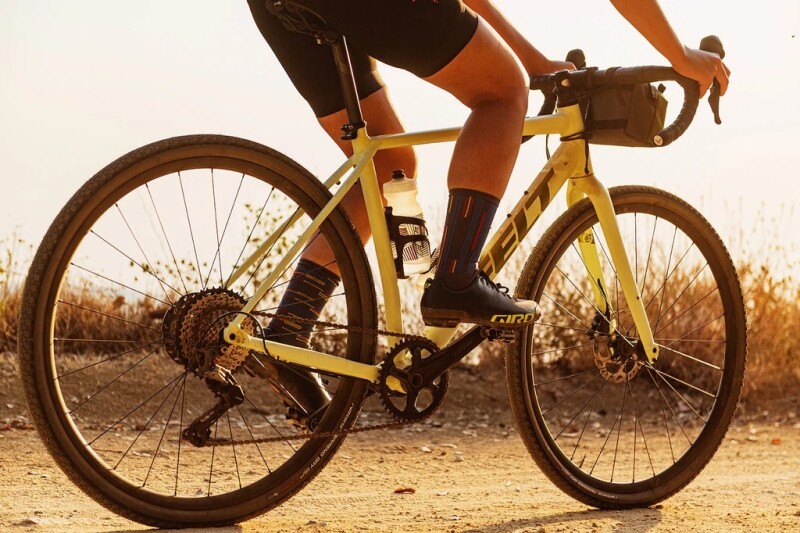
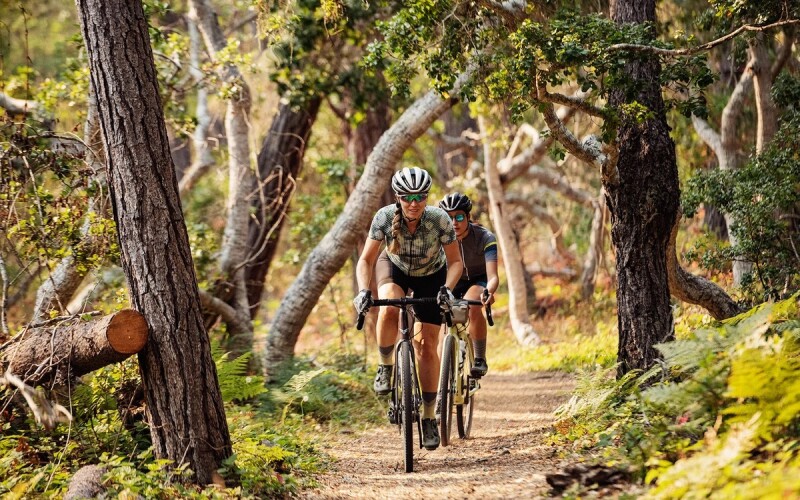
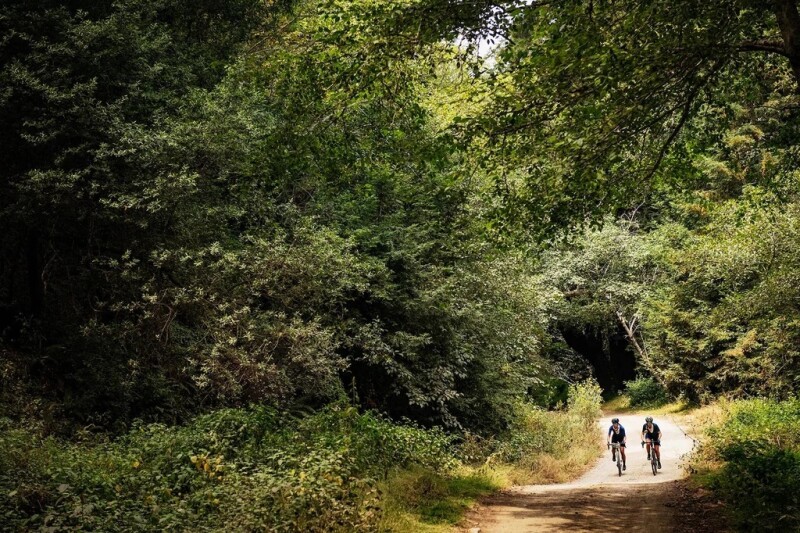
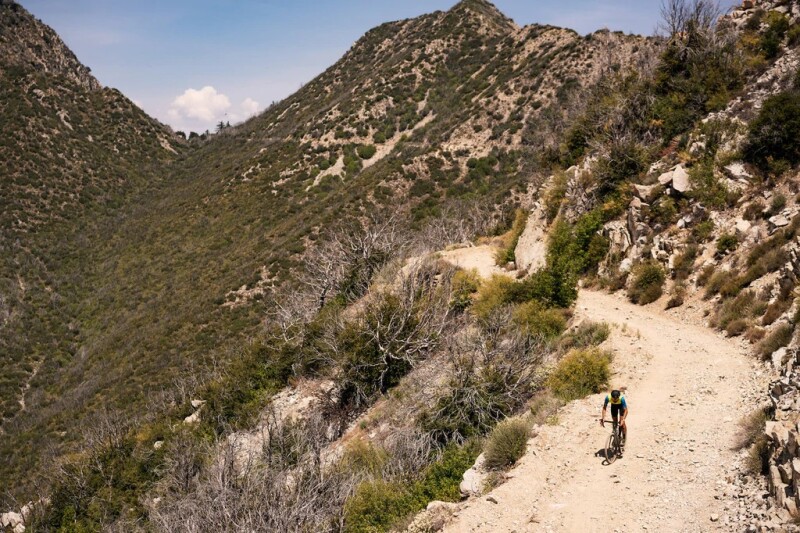
















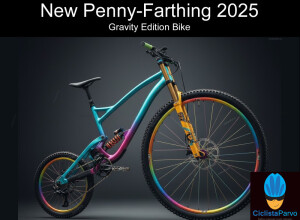
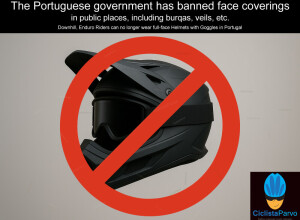









Interested? Submit your enquiry using the form below:
Only available for registered users. Sign In to your account or register here.